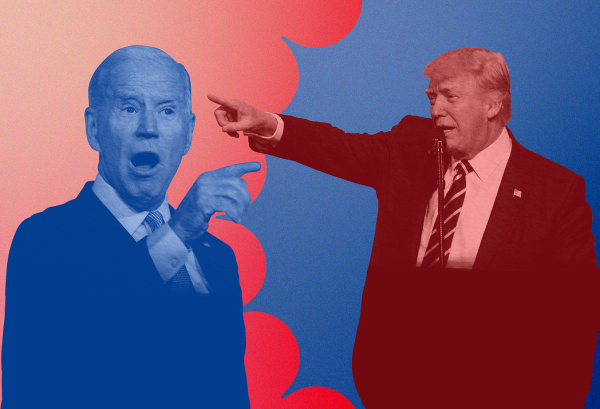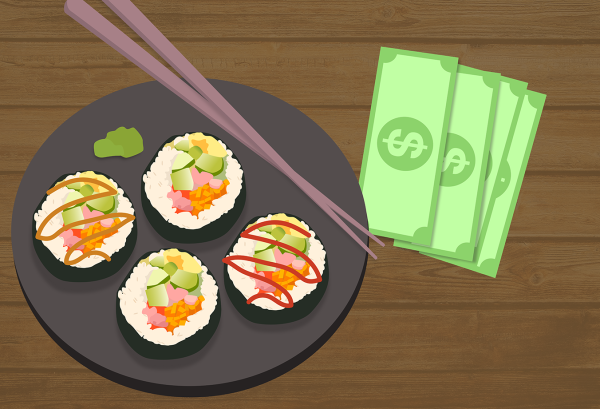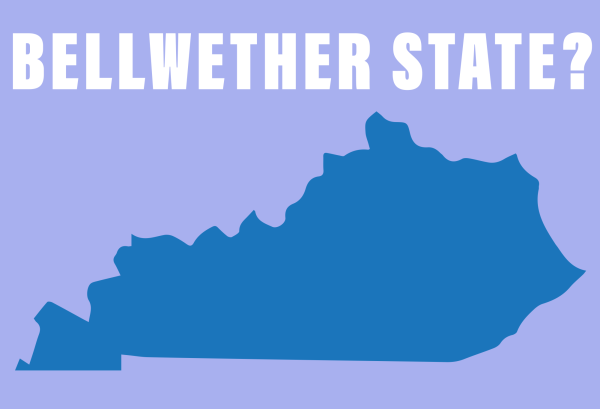Organic food is not always the sustainable option
November 8, 2019
You’re in college now. Your parents no longer supply you with food they bought at the grocery store. Now, you have no choice but to make your own choices surrounding food.
You’ve heard in one of your classes or through some news article that food production is linked to climate change. Indeed, conventional farming techniques are harmful to the environment due to their use of carbon-emitting agricultural machinery, irresponsible consumption of water, overuse of fertilizers and pesticides, as well as a multitude of other offenses. As an environmentally conscious individual, you want to play your part in the sustainable food movement. So, in Kroger, you move toward the organic section.
The USDA Organic sticker must mean that this food is sustainable, right? Not necessarily.
It’s true that organically produced food can be a better alternative to food that was grown on industrial farms. For example, organic farming omits the use of synthetic fertilizers that leach nitrogen into our waterways and strip the oxygen from waterbodies (a dual process called eutrophication and hypoxia).
Additionally, many organic farms engage in no-till farming techniques, which protect the soil by ensuring that nutrients are returned to the soil for future plant uptake. No till also reduces the amount of carbon dioxide lost from excessively disturbing the soil.
It is important, however, to remember that many harmful farming techniques are still used in organic farming. For example, large-scale deforestation to make room for agriculture removes trees—one of our most important carbon sinks—from the earth. In addition, many organic foods are produced thousands of miles away from where they are sold, meaning that they must be transported long distances to reach the grocery store. This of course releases a great deal of carbon dioxide into the atmosphere, contributing to the greenhouse effect.
Keep in mind that many of our most popular organic brands, such as Cascadian Farms and Horizon Organic, are in fact owned by large corporations. These corporations also control the production of conventionally produced foods, and this is problematic because your money is being given to the same corporation whether you buy organic or conventional food, and they probably don’t care whether they’re acting sustainably.
Another problem with organic food is that it is much more expensive than conventionally produced food. It targets middle-class Americans who can afford to buy these products and excludes low-income individuals. This creates a “gentrification” of the food system and makes it much more difficult—if not impossible—for low-income Americans to have access to alternative food choices. And for what?
As I have already explained, organic isn’t necessarily sustainable. If you have the money to buy organic, odds are that you have the money to buy locally. Local is often a much more sustainable option, although the two terms definitely aren’t interchangeable. Depending on the farming techniques implemented, locally produced foods offer a sustainable alternative because they avoid long-distance transport, large-scale farming and (oftentimes) are still organically produced. Additionally, when you buy local, you support your local farmers rather than buying into large-scale corporations.
Ultimately, as you begin your journey into sustainable food consumption as an autonomous consumer, do not be blinded by fancy green stickers with images of rolling hills displayed on them. Instead, consider the methods through which that food was produced. Ask questions, do your research and be wary of greenwashing practices.
To be quite candid, it’s hard to be completely sustainable in your food consumption choices; there are always trade-offs that must be made. However, in a rapidly changing world reaching a critical point in climate change, questions about food production are important to consider. Sustainable food production should be our goal, and it is up to us—the consumers—to get us there.




























































































































































